Ultimate Travel Guide to Ushuaia: Explore the Southernmost City & Savor Antarctic King Crab
Regarding safety:
The locals in Argentina are very friendly, and the thieves are usually local refugees. Ushuaia, due to its remote location and small town size with a higher number of locals, is relatively safe with almost no theft, and it feels like there are more tourists than locals.

Regarding transportation:
If you are traveling to Antarctica, the cruise company will arrange a bus to pick you up from the airport in Ushuaia. If you have half a day before boarding, the cruise company will arrange a bus to visit the local national park and also go to the Beagle Channel. If you don’t want to follow the cruise company, you can also wander around the town on your own, as the town is small and can be explored on foot.
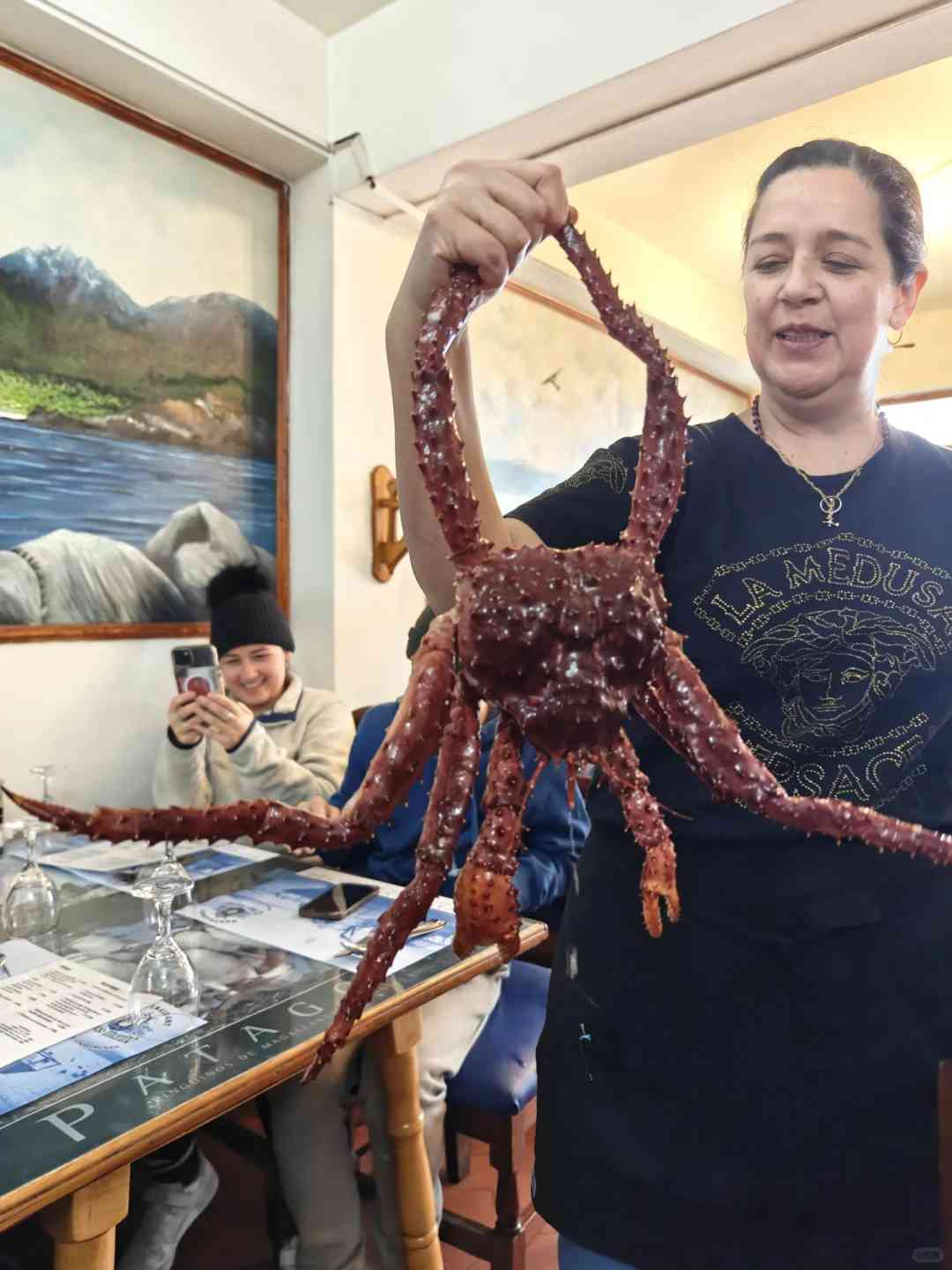
Regarding currency:
Cash can be used in euros or US dollars, but change will be given in pesos. Credit card transactions are also settled in pesos. When we went, it was during the new president’s term, and the peso was fluctuating constantly. Additionally, there are high requirements for foreign currency notes; my US dollar bill had a tiny blue ink stain, and local shops would not accept it.
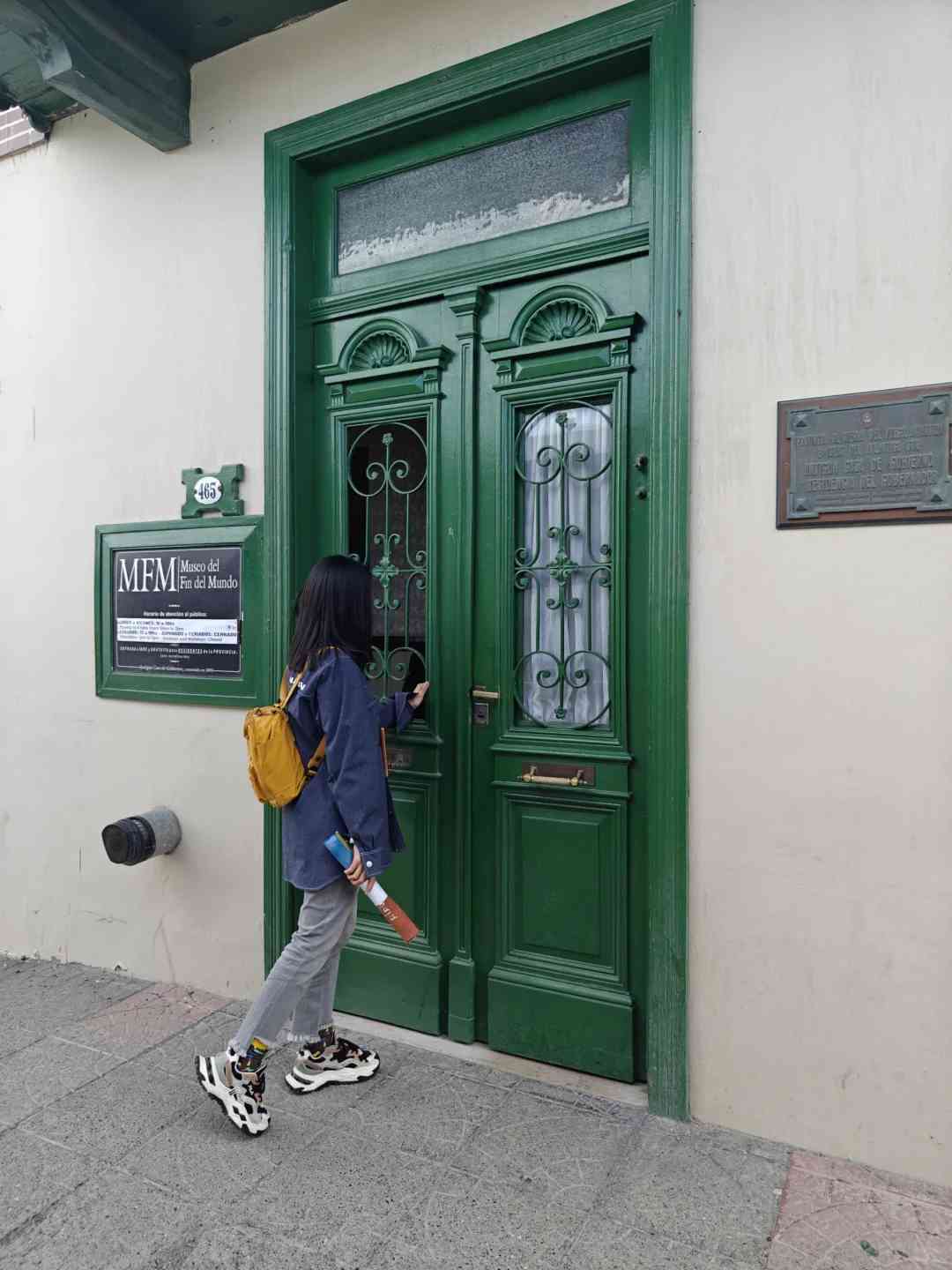
Regarding food:
Ushuaia is most famous for its Antarctic king crab, and king crab restaurants can be found everywhere in the town. We chose the “Old Sailor Restaurant” (Figure 4), which is where locals queue up to eat. This restaurant has relatively reasonable prices, and the owner does not speak English, so you can use translation software to translate the menu (menu in Figure 3).

The local restaurants typically boil the crabs, and there is a Chinese restaurant in town that offers stir-fried or steamed options, but the price is about one-third higher. Personally, I think it’s unnecessary, as the thick shell of the king crab does not affect the taste when boiled.
Another local specialty is roasted lamb leg, which we did not get to try this time due to limited time, but if you have the chance, you can give it a try.

Regarding scenery:
The most famous is the Beagle Channel, which connects the Pacific and Atlantic Oceans. There is a private tourist post office here, known as the southernmost “post office” on land, but it is a private “post office” and cannot mail items; you can only symbolically buy postcards and stamps to get a travel stamp.
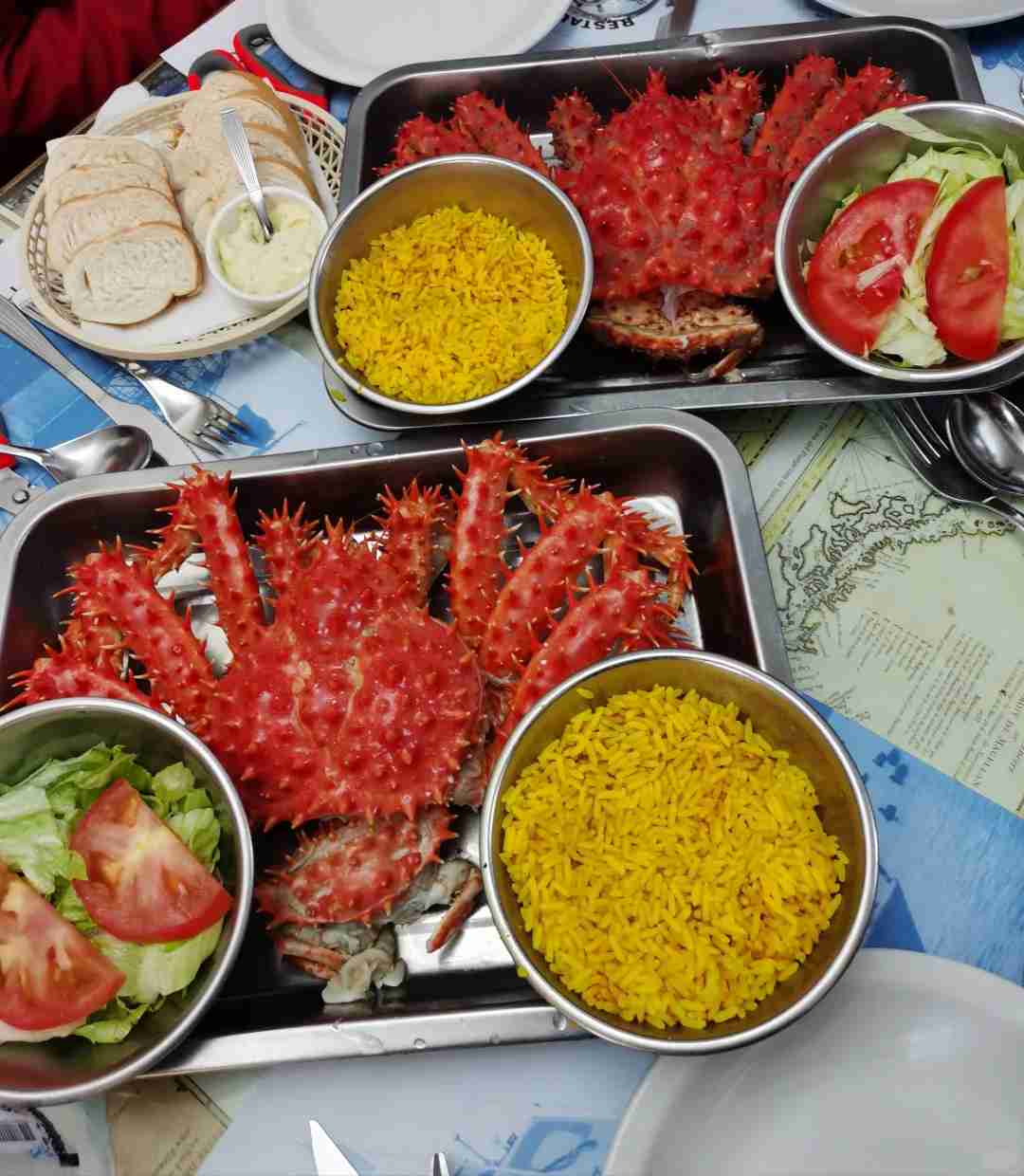
The grandfather who stamps the cards is the owner of this “post office” and is also an internet celebrity (Figures 9-13).
Additionally, Ushuaia has vast natural landscapes, designated by the government as Tierra del Fuego National Park. There is a sightseeing train in the park, but it takes a whole day to explore everything.
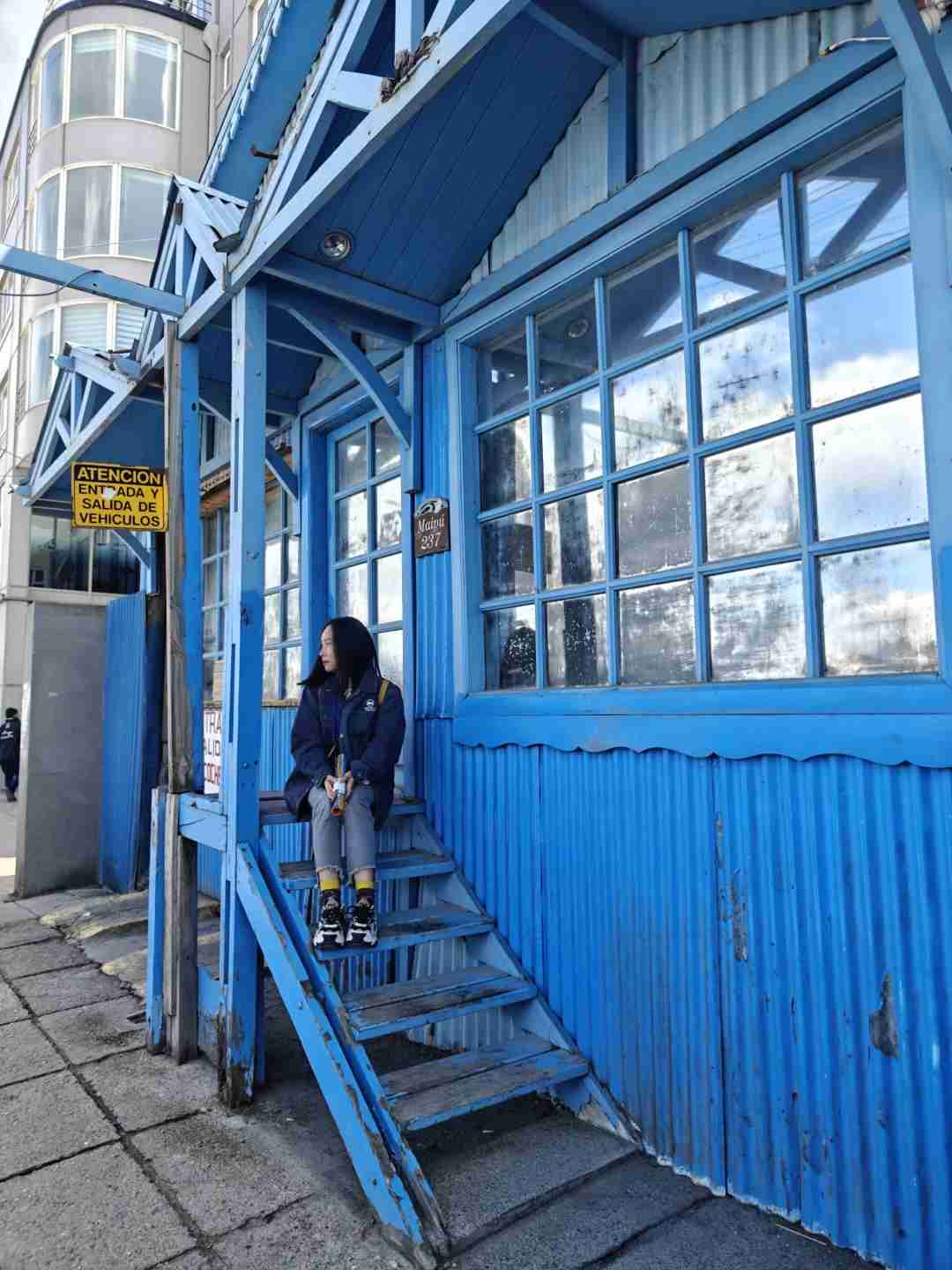
The bus arranged by the cruise company will stop at specific points for sightseeing, and if you go on your own, you need to buy a ticket (Figures 14-18).
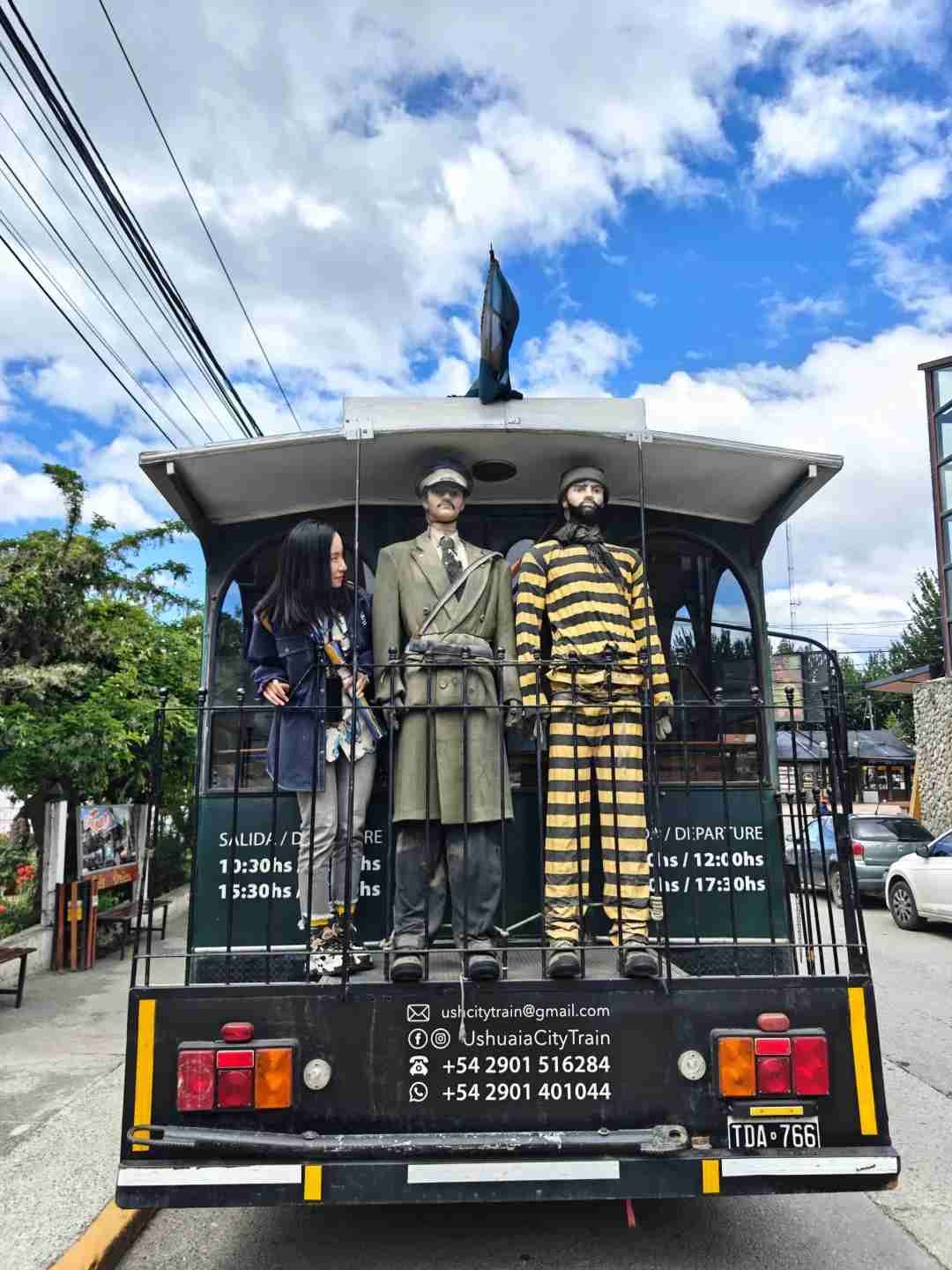
Regarding Souvenirs:
I stumbled upon a charming handicraft market in the heart of the town, bustling with individual merchants who proudly display their wares. Each piece is crafted by hand right there, ensuring an authentic experience that steers clear of mass-produced “Made in China” items. This vibrant marketplace became my go-to spot for most of my souvenirs.
One particular highlight was a delightful collection of hand-painted postage stamp fridge magnets, meticulously crafted by a local grandmother. These unique pieces truly stand out and make for a memorable keepsake. Additionally, many of the vendors are quite accommodating, offering change in euros or dollars, which is incredibly convenient for international visitors.
Since I’ve reached the photo limit for this post, I’ll be sure to feature this enchanting market in an upcoming video.

